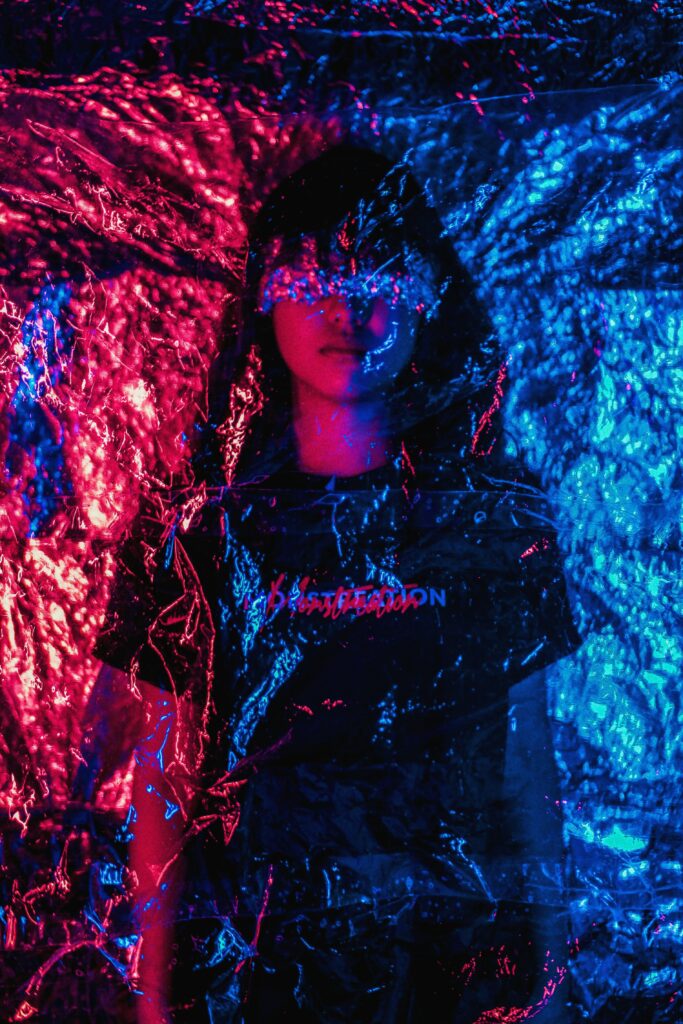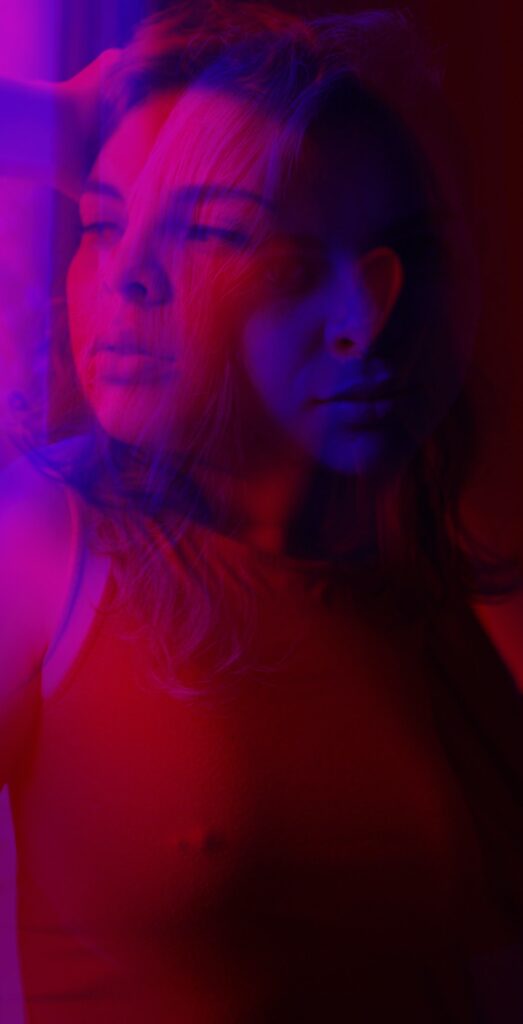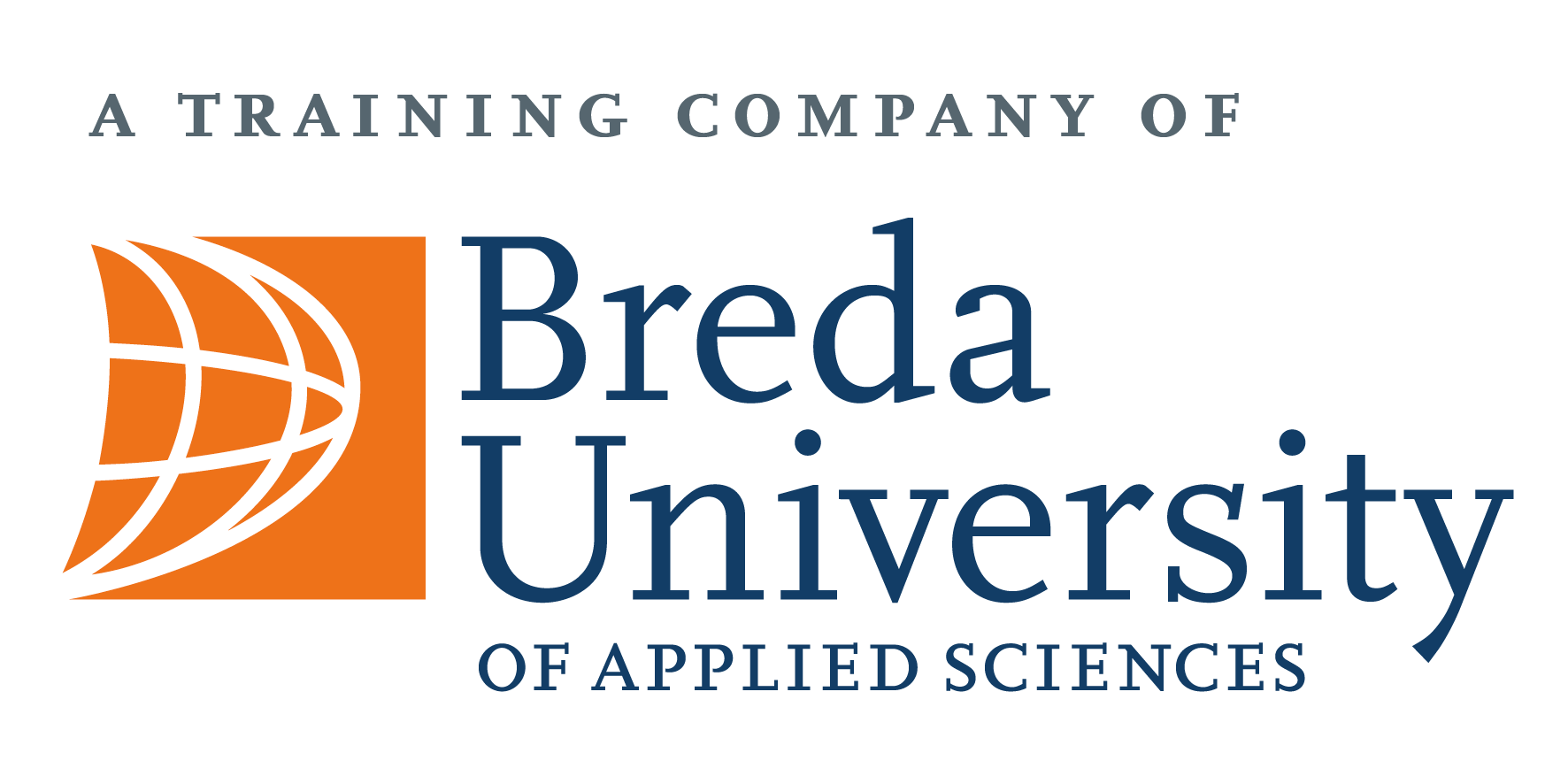There is a growing frustration inside me as I try to understand my emotions. When the word “bisexual” passes my ears, I deny it, as if it could not possibly be me: what I feel is not enough for me to embrace the label. I don’t even grasp the meaning of it, and the media I keep gobbling up denies me the understanding I so desperately seek.
Overlooked. Denied the right to understand themselves. Antagonized.
These are just a few of the words that come from the top of my head when thinking of the way bisexuality is represented in the media. Although recent years have witnessed a boom in LGBTQ+ media production, bisexual erasure is still incredibly common, as the media refuses to acknowledge it, often using it for either fetishizing women, queerbaiting, building up antagonists, or simply disregarding it as homosexuality. I am not going to give a biased discourse on this, but rather an informed speech built on thoroughly researched facts about the matter, putting my personal opinion aside. In the end, I hold the hope that it will have at least the slightest contribution towards the change that is so necessary and urgent.
More numbers, charts, and survey results than I could count show that bisexual teens are more prone to suffer from anxiety, depression, suicidal thoughts, and have a more difficult time coming to terms with their identity due to the public opinion on bisexuality. If role models were offered to young bisexuals, not only would it help them accept their identity with more ease, but it would also contribute to a more open-minded society that embraces the entire complexity of the bisexual spectrum.
Bisexual erasure

Numerous well-known characters from modern media that are confirmed or suspected to be bisexual have very rarely been properly portrayed to illustrate their sexuality. Eleanor Shellstrop, the main character of The Good Place, is confirmed to be bisexual by the producers. However, this aspect of her identity is often only downplayed as a joke and never seriously addressed in the show. Other similar cases include Lily Aldrin from How I Met Your Mother, who constantly talks about her desire of being with a woman but does not act on it. Her bisexuality is only used by the show as a queerbaiting device and a male fantasy.
Queerbaiting
Another disappointment in queer representation is queerbaiting - the marketing technique of hinting at LGBTQ+ representation but never explicitly displaying it. Such a case was Loki’s bisexuality in the Marvel series with the same name (Loki, 2021), one of the most awaited shows of 2021 worldwide, especially by the LGBTQ+ community. Loki’s bisexuality, as well as his confirmed gender-fluid identity, have no real on-screen representation. The show includes a few spoken lines implying it but continues the romantic sub-plot with a cis/straight-passing relationship.

Immorality

Last but not least, there is the issue of antagonizing bisexual individuals by the creation of superficial and malicious characters that are given the bisexual identity only to deepen the idea of their deeply flawed character, making it more of a personal trait than a sexuality.
“Bisexual characters are often not only shown as being evil, but also uncertain and duplicitous.”
As audiences are presented with such negative role models, they will subconsciously classify people they meet in real life as belonging to this group of antagonists, who may even seem in need of saving from their broken ideals. Examples include a number of characters from shows like American Horror Story, House of Cards, Mr. Robot, Prison Break, The Catch, etc. It is nevertheless important to keep in mind that bisexual characters do not need to be pictured as perfect heroes; humanity is also essential to them, as it is to any other character.
Positive examples

One positive example of a bisexual character is Rosa Diaz from the famous comedy show Brooklyn 99. Her character is everything the others never managed to be in terms of validating her identity through various relationships, balanced and healthy love, having a personality that is not merely limited to her sexuality, and the normality of it all.
A case of a male whose bisexuality is seamlessly explored on screen without being mocked or suppressed is Oberyn Martell from Game of Thrones. His character’s personality is developed beyond his sexuality, proving complex and well-built without denying one of his core traits.
Final thoughts
Bisexuality is one of the most underrepresented and misunderstood gender identities, and there are still many points that have not been yet touched in this article, such as limiting it to a dual attraction or presenting bisexuality as having an equal interest in all the genders, as well as several other media productions that have not been mentioned. Nevertheless, the need for bisexual role models on-screen to aid in creating a safe space of understanding and inclusion in both the LGBTQ+ and straight communities is undeniable. We can’t help but hope that future production will learn from the good pre-existent examples in the media, rather than contribute to the reinforcement of the many harmful stereotypes.
The community needs characters who are simply human, having a real personality, as they also embrace the bisexual identity.

